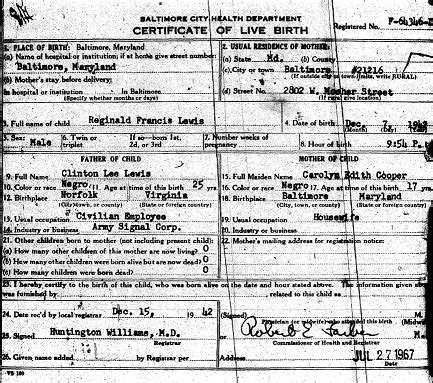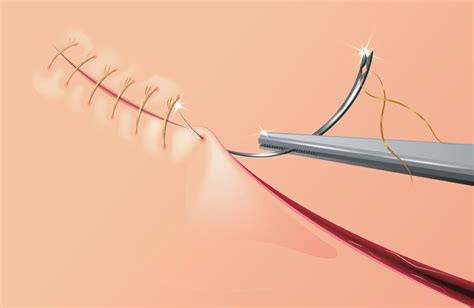The insertion of tubes in the ears, medically referred to as tympanostomy tubes, is a common surgical procedure performed to alleviate symptoms associated with recurrent ear infections, persistent middle ear fluid, or eustachian tube dysfunction. This condition is especially prevalent in children, but it can also affect adults. The primary goal of the procedure is to drain the fluid from the middle ear and to ventilate the ear, thereby reducing the risk of further infections and promoting the normal functioning of the eustachian tube.
Understanding the Eustachian Tube
The eustachian tube is a narrow tube that connects the middle ear to the back of the nose and throat. It plays a critical role in equalizing the air pressure in the middle ear with the atmospheric pressure, ensuring that the eardrum vibrates properly to allow sound to be conducted to the inner ear. In cases of dysfunction or blockage, this equalization does not occur effectively, leading to a buildup of fluid or negative pressure in the middle ear, which can predispose to infection.
Indications for Tympanostomy Tubes
There are several scenarios where the insertion of tympanostomy tubes might be recommended: - Recurrent Acute Otitis Media (AOM): For children or adults experiencing frequent episodes of ear infections, defined typically as three or more episodes in six months, or four or more episodes in a year. - Otitis Media with Effusion (OME): When there is persistent fluid in the middle ear that lasts for three months or longer, and is associated with hearing loss, speech delay, or other developmental issues. - Eustachian Tube Dysfunction: In individuals where the eustachian tube does not function properly, leading to chronic or recurrent ear problems.
The Procedure
The insertion of tympanostomy tubes is a relatively minor surgical procedure that is typically performed under general anesthesia in young children, but can be done under local anesthesia in cooperative adults or older children. The procedure involves: 1. Making a Small Incision: In the eardrum to drain the fluid. 2. Inserting the Tube: The tympanostomy tube is then placed through the incision into the middle ear. 3. Immediate Relief: The tube allows air to enter the middle ear, helps to ventilate the area, and can immediately alleviate the feeling of fullness or pressure.
Post-Operative Care
After the procedure, patients are usually monitored for a short period before being discharged. Key aspects of post-operative care include: - Pain Management: Mild pain is common and can be managed with over-the-counter pain medications. - Water Precautions: To prevent water from entering the ear through the tube, patients are usually advised to wear earplugs when bathing or swimming. - Follow-Up: Regular follow-up appointments are crucial to monitor the position of the tube, the healing of the eardrum, and to assess whether the tube has fallen out, which typically happens within 6-12 months without needing further intervention.
Potential Complications
While generally safe, as with any surgical procedure, there are potential risks and complications to consider: - Infection: There is a risk of infection following the insertion of the tubes, which may require antibiotic treatment. - Scarring: The eardrum may scar as it heals, which can affect hearing. - Persistent Perforation: In some cases, the eardrum may not close on its own after the tube falls out.
Conclusion
The insertion of tubes in the ears is an effective treatment for a range of ear problems, offering relief from chronic infections and persistent fluid buildup. By understanding the indications, procedure, and post-operative care involved, individuals can make informed decisions about their treatment options. It’s crucial to consult with an otolaryngologist (ENT specialist) to discuss the specifics of each case and to determine the best course of action.
What are the symptoms that might indicate the need for tympanostomy tubes?
+Symptoms can include recurrent ear infections, persistent ear fluid, hearing loss, speech delay, and discomfort or fullness in the ear. In young children, signs might also include ear pulling, irritability, difficulty sleeping, and loss of balance.
How long do tympanostomy tubes stay in place?
+Tympanostomy tubes typically fall out on their own within 6 to 12 months after insertion, as the eardrum grows and pushes the tube out. Sometimes, they may need to be removed surgically if they do not come out naturally within a year or if they cause problems.
Can adults also get tympanostomy tubes?
+Yes, adults can undergo the procedure, particularly if they experience chronic eustachian tube dysfunction or persistent middle ear problems. The indications and process are similar to those in children, but the decision to insert tympanostomy tubes in adults is made on a case-by-case basis, considering the specific condition and symptoms of the individual.
In conclusion, the insertion of tubes in the ears is a valuable medical intervention for addressing a range of ear-related issues, offering a straightforward and effective solution to what can be chronic and debilitating conditions. By understanding the process, the potential benefits, and the possible risks, patients can navigate their ear health with confidence and seek appropriate medical care when needed.



